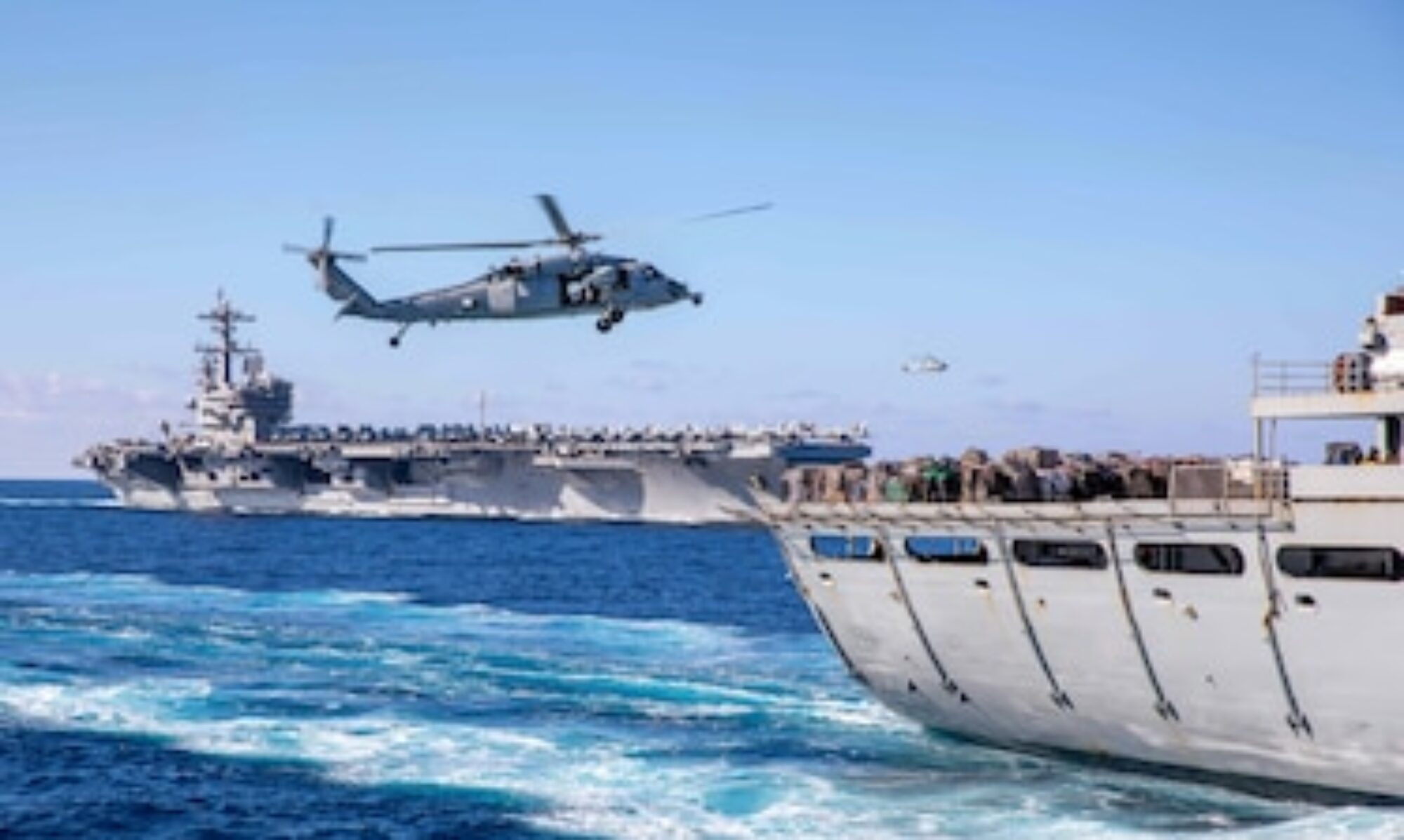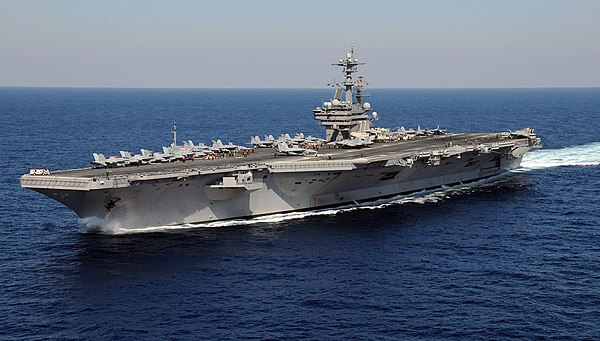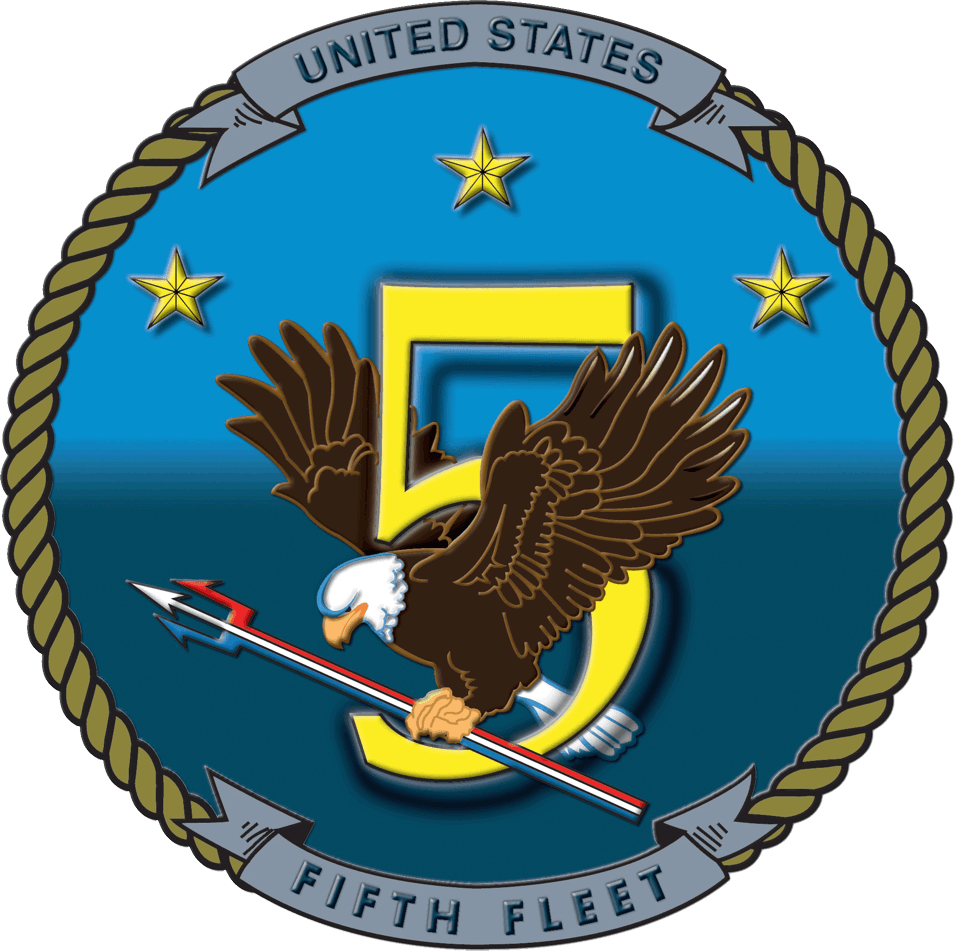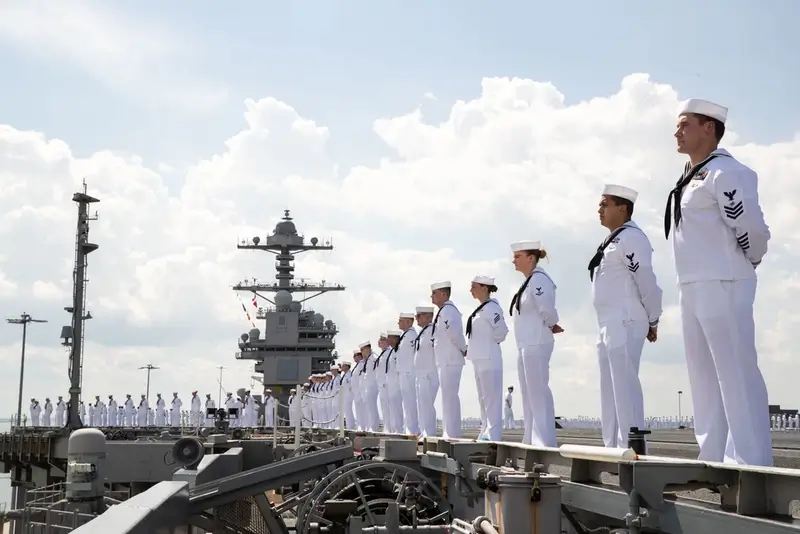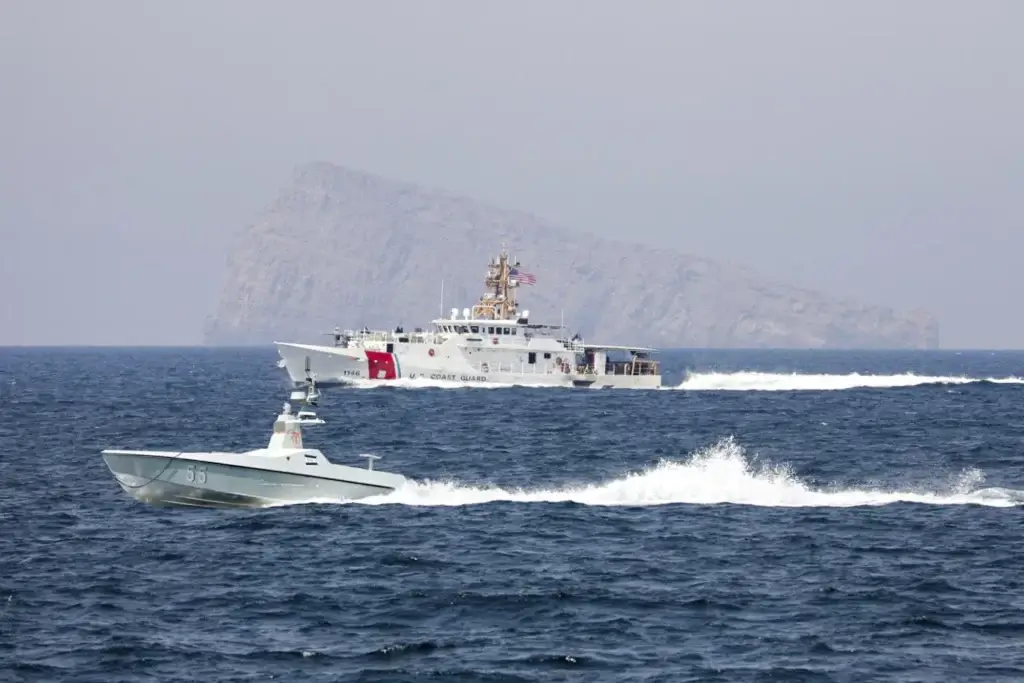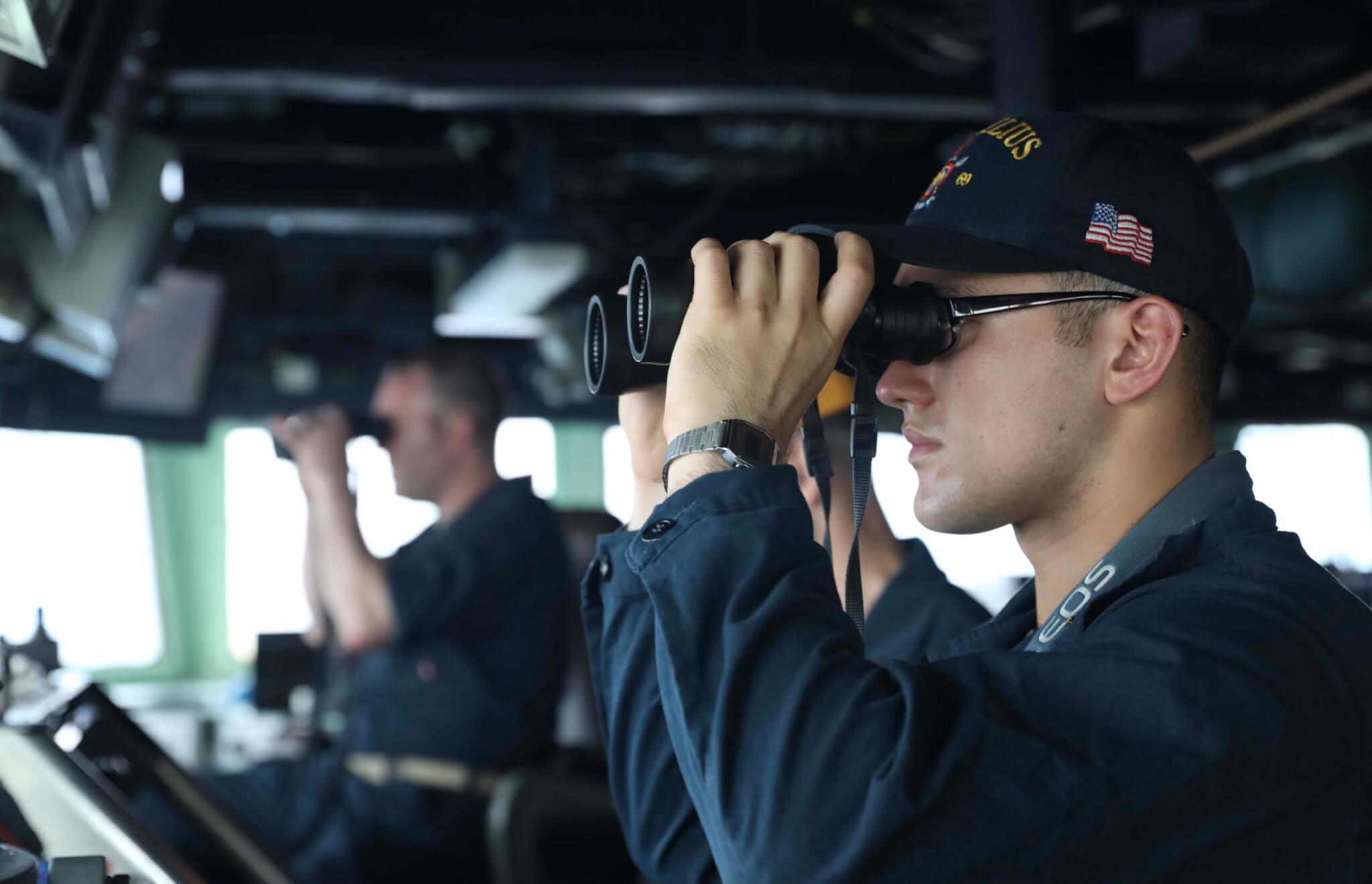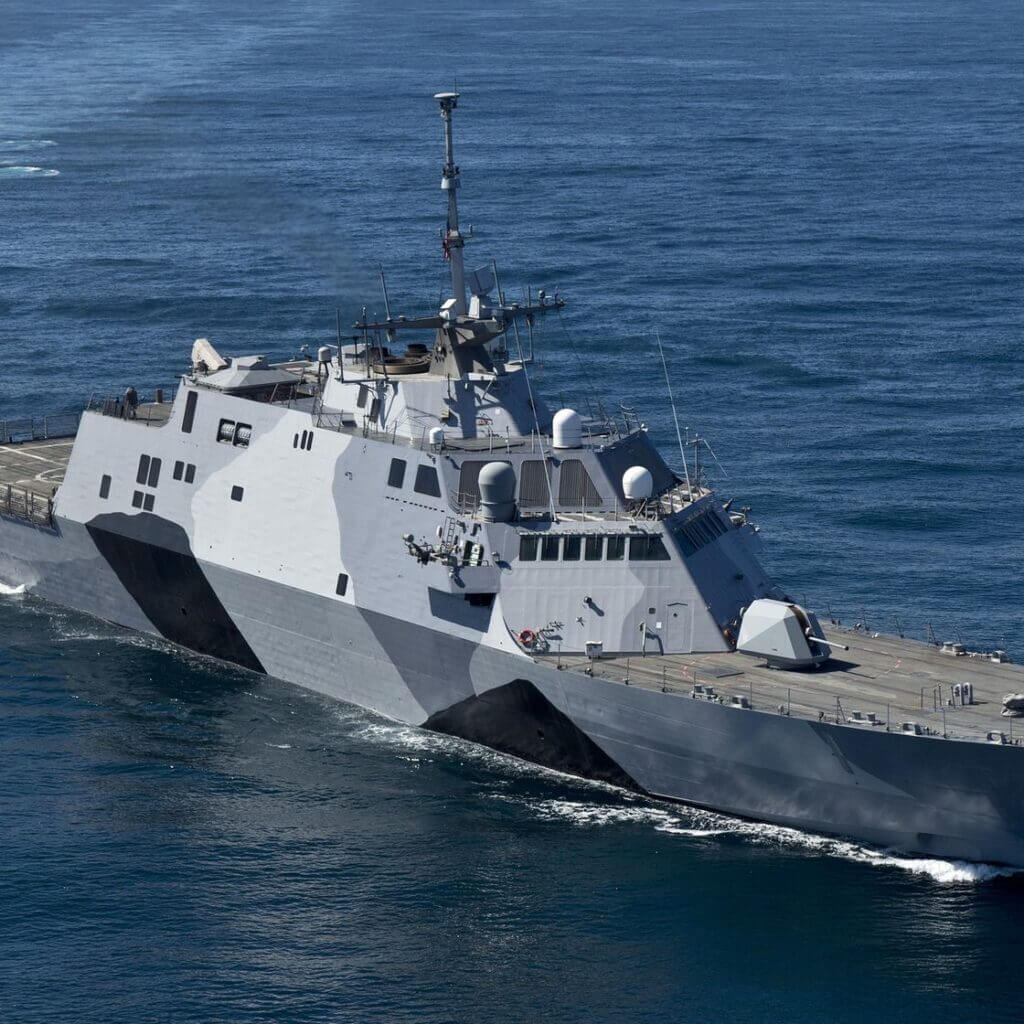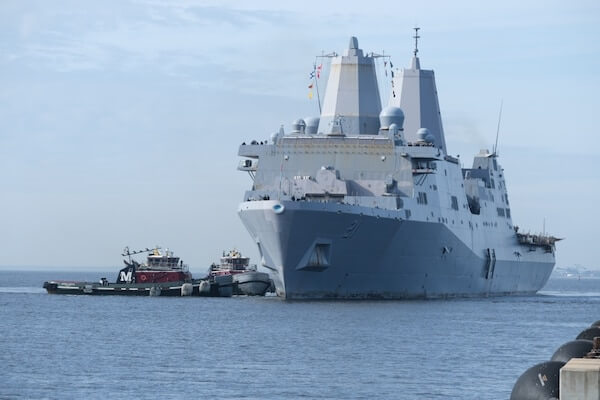
Fleet Week is an annual event that celebrates the strength and power of the United States Navy. This year, the USS New York is among the four ships that have arrived at Port Everglades in Fort Lauderdale, offering visitors a chance to see the powerful symbol of strength and sacrifice up close. The USS New York is a San Antonio-class landing platform dock vessel, and its primary mission is to carry Marines and equipment anywhere in the world. The ship’s bow is made from 7.5 tons of steel from the World Trade Center, a powerful reminder of the sacrifices made on September 11, 2001. Don’t miss your chance to see this impressive vessel and learn more about the brave men and women who serve our country.
The USS New York, a San Antonio-class landing platform dock vessel, is a powerful symbol of strength and sacrifice for the United States Navy. Its bow is forged from 7.5 tons of World Trade Center steel, reminding sailors of the brave men and women who lost their lives on September 11, 2001. The ship’s primary mission is to carry Marines and equipment anywhere in the world, and its nearly 400 sailors and Marines are dedicated to maintaining its integrity and power. The USS New York serves as a reminder that freedom is not free, and that the sacrifices made by those who serve our country must never be forgotten.
A City on the Sea
The USS New York was commissioned in New York City on November 7, 2009, and its motto is “Strength forged through sacrifice. Never forget.” The ship is a testament to the resilience of the American people, and it carries the spirit of the Big Apple with it wherever it goes. The bow of the ship is made from 7.5 tons of steel from the World Trade Center, a powerful reminder of the sacrifices made on September 11, 2001
Intrepid Mission
The USS New York is a San Antonio-class landing platform dock vessel with the primary mission of carrying Marines and equipment anywhere in the world. The ship can remain undetected and quickly deploy Marines to build combat power ashore before the enemy is even aware. Its sleek design and powerful engines make it a formidable presence on the water.
Heavy Responsibility
The boatswain’s mates, or “bosuns,” are the core of the USS New York’s manpower. These hardworking sailors are responsible for the ship’s overall maintenance and upkeep, and they perform many of the crucial tasks required to put and keep the ship underway. The boatswain is the original “rate,” or job, from which all other naval jobs diverged as sailors’ duties became more specialized.
Never Forget
The USS New York serves as a powerful reminder of the sacrifices made on September 11, 2001. A steel plate recovered from the World Trade Center rubble is displayed above one of the most-used passageways on the ship, and a firefighter’s helmet reminds sailors of the brave first responders who sprang into action that day. The ship’s daily prayer ritual honors someone who died in the attacks, ensuring that the memory of that day will never be forgotten.
Key Takeaways:
The USS New York is a San Antonio-class landing platform dock vessel with a powerful mission to carry Marines and equipment anywhere in the world.
The ship’s bow is forged from 7.5 tons of steel from the World Trade Center, a powerful reminder of the sacrifices made on September 11, 2001.
The boatswain’s mates are responsible for the ship’s overall maintenance and upkeep.
The USS New York serves as a powerful reminder to “Never Forget” the sacrifices made by those who serve our country.
Conclusion
The USS New York is more than just a ship; it is a symbol of the strength and sacrifice of the American people. Its mission to carry Marines and equipment anywhere in the world is a testament to the power and reach of the United States Navy. The ship’s motto, “Strength forged through sacrifice. Never forget,” is a powerful reminder that freedom is not free, and that the sacrifices made by those who serve our country must never be forgotten. We must honor the memory of those who lost their lives on September 11, 2001, and support our brave sailors and Marines who continue to serve our country today.
